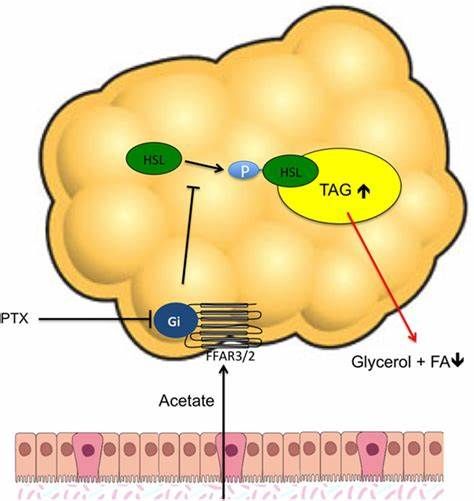Researchers recently reported in the journal Cell Metabolism that this inefficient breakdown of fat predicts weight gain and metabolic complications, such as type 2 diabetes in women.Low levels of hormone-stimulating lipolysis -- the biochemical process by which triglycerides are broken down into high-energy fatty acids -- have been linked to weight gain and metabolic problems after 13 years.Based on these findings, the researchers developed an algorithm that USES clinical and blood measurements to detect hormone-stimulated lipodecomposition damage.
Senior author Mikael Ryden, of the Karolinska Institute, said: "Our proposed algorithm can be used to identify high-risk individuals who are overweight or obese.This information could be used by clinicians to determine who would benefit most from intensive lifestyle interventions, such as physical exercise, which can enhance hormone-stimulated fat breakdown and thus may prevent fat accumulation and metabolic disorders."

Ryden and his team took biopsies of the subcutaneous adipose tissue of 89 women who were initially healthy and not obese and were followed up 13 years later.Women who gained weight during this period saw a 50 percent increase in spontaneous fat breakdown and a 50 percent decrease in hormone-stimulated fat breakdown, compared to those with stable weight.In addition, low expression of genes related to fat breakdown was associated with later weight gain.
Lead author Peter Arner, from the Karolinska Institute, said: "The results suggest that inadequate lipid breakdown - that is, high basal lipid breakdown that cannot be sufficiently accelerated by hormone stimulation - may alter the balance of lipid metabolism and promote fat mass growth."
Next, the researchers constructed an algorithm based on clinical and blood measurements, rather than tissue biopsies, to estimate the hormone's stimulation of lipolysis.To determine parameters for metabolic measurements, they analyzed data from 1,045 subjects.Six outcome parameters included waist circumference, fasting plasma HDL cholesterol, fasting plasma epinephrine, body weight, fasting serum insulin, and fasting plasma glycerol divided by body fat.
In a subset of 226 subjects, the algorithm predicted high or low lipid activity with sensitivity greater than 80% and specificity about 75%.When tested in a separate cohort of 14 subjects, the algorithm matched well with measured levels of hormone-stimulated lipodecomposition and predicted changes in body weight over time.
"These preliminary results suggest that our algorithm can replace biopsy in a routine clinical setting to estimate hormone-stimulated lipodecomposition, "Ryden said.However, future research will need to verify the algorithm in a larger population and determine whether the results of this study also apply to men."

 159
159





 折扣:
折扣: